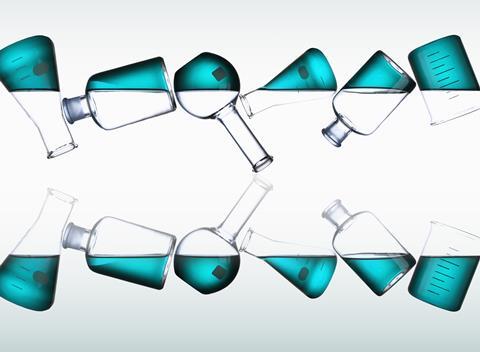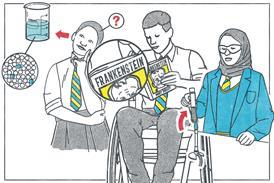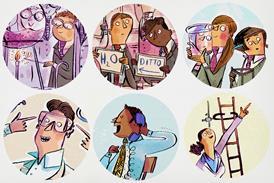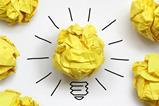Flip practical learning to encourage student metacognition in acid–base titrations and other hands-on experiments

Metacognition is a key component of successful learning. It allows students to understand what they are learning, recognise how they are learning, why they are making certain choices and what strategies help them make progress.
In chemistry, where practical work often requires students to integrate observations, theory and decision-making, we frequently overlook the opportunity to foster metacognitive thinking. It is also challenging for students, and so educators have developed scaffolded approaches, such as the 3-2-1 Bridge and the One-minute paper.
The 3-2-1 Bridge, used before and after an activity, asks for three thoughts, two questions and one analogy related to the topic, encouraging comparison between initial and final understanding.
The One-minute paper asks students to write briefly about what they found most interesting and what was most confusing after an activity, as well as detailing any remaining questions they have.
A 2024 study investigated student metacognitive approaches by integrating these scaffolded reflective activities into a conductometric titration laboratory activity.
Practical reflections
Thirty-three high school students (aged 17–18) took part in a hands-on acid–base titration using conductometry. The researchers designed the experiment using a flipped-learning model. Rather than studying the topic first, students carried out the practical, making predictions and observations without prior explanation of the underlying theory of conductometry. They had previously learned the concepts of electricity, conductivity and acid–base titrations.
The flipped-practical approach promoted curiosity and engaged the students
Following the practical, teachers asked the students to reflect using the 3-2-1 Bridge and the One-minute paper. The researchers analysed these reflections, using a variety of techniques, including thematic analysis, to identify evidence of metacognitive thinking. They focused on how students monitored, evaluated and articulated their learning strategies.
Teaching tips
- Use scaffolded reflection tools, like the 3-2-1 Bridge and the One-minute paper, in your classroom to gauge what your students are thinking.
- Analyse the types of questions students ask after a task. Are they procedural (How do I …?), conceptual (Why does this happen?) or metacognitive (What could I have done differently?)?
- Embed some reflection in your questioning during practical activities. Ask students to evaluate their own thinking: What was your plan?, What changed your mind?, What will you do next time?.
The team found a nuanced picture. The flipped-practical approach promoted curiosity and engaged the students. However, students focused heavily on content – such as identifying Ohm’s law as relevant to the topic – rather than metacognitive aspects. Even when encouraged to self-reflect, they focused predominantly on surface level ideas and in-depth content of the topic, rather than on the methods of their learning.
By one measure used by the researchers, students’ metacognitive efforts actually decreased over the course of the experiment. The researchers suggest that through participation in the experiment, the students lost sight of the connections with what they already knew. However, some students did demonstrate clear signs of metacognitive awareness.
This study encouraged students not just to think about what they learn, but also how they learn. While the flipped-practical approach stimulated curiosity and engaged students, it was not sufficient to embed necessary theoretical aspects of conductometry. Further instruction is necessary.
More resources
Metacognition – the ability for students to reflect on and regulate their own thinking – is a key component of successful learning. Use these resources to help you help your students:
- Develop your learners’ metacognitive skills to aid their independent learning and boost outcomes.
- Use metacognition to help your students develop their problem-solving skills.
- Learn how using metacognition can encourage better learning and better results.
- Encourage students to think about their thinking to improve metacognition and successfully answer multistep questions.
The study in this article used the flipped-learning model. Learn more in these articles:
- Discover how the approach can improve student performance with evidence-based teaching tips.
- Read about how flipped learning can work in the chemistry classroom.
- Try this approach and download the resources to boost your post-16 students’ understanding and engagement.
Fraser Scott
Reference
M Pentucci et al, Chem. Educ. Res. Pract., 2025, doi.org/10.1039/D4RP00368C
References
M Pentucci et al, Chem. Educ. Res. Pract., 2025, doi.org/10.1039/D4RP00368C














No comments yet